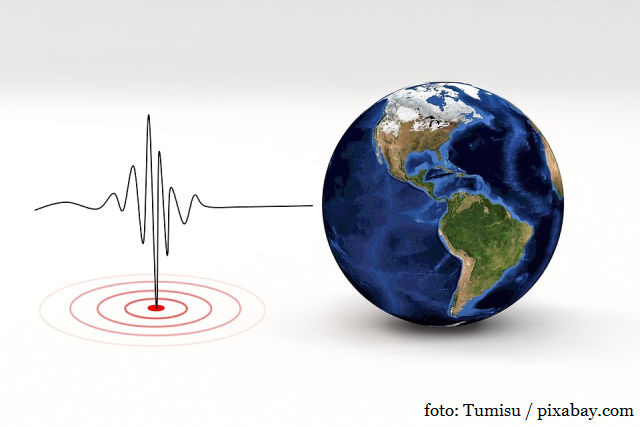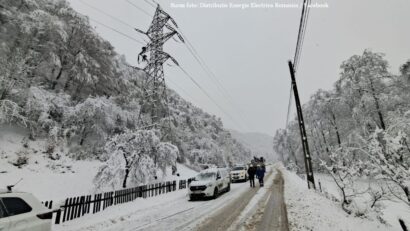Earthquake hazard measures in Romania
The devastating effects of the earthquake in Turkey have shited the spotlight on an older problem in Romania - the consolidation of buildings rated as seismic risks

Ştefan Stoica, 08.02.2023, 14:00
The earthquakes in Turkey and Syria, like other similar incidents over the years, have again rekindled the memory of the March 1977 earthquake in Romania and the dramatic events back then. Many people are now wondering if Romania too might be the target of a magintude-7 earthquake in the near future, and doubt whether national authorities are prepared to deal with the aftermath. Seismologist Mihai Diaconescu with the National Institute for Earth Physics Research told the public radio station that the first earthquake, measuring 7.8 on the Richter scale, occurred within the vicinity of a triple junction between the Anatolian, Arabian and African plates, and that this fault zone cannot be compared to the Vrancea area in southeastern Romania, which is the typical source of ground motion. Although there is no risk of an earthquake similar to the one in Turkey occurring in Romania, Mihai Diaconescu does not exclude the possibility of a high-magnitude earthquake in the future.
“Romania might see a similar earthquake, not in scope, but in magnitude. According to the Institute catalogue, a 7.9 earthquake shook Romania in the 19th century, which is the highest magnitude that can be reported in the Vrancea area. This could, of course, be an overestimation, given it is a historical earthquake. I dont expect Vrancea to report any unusual activity, beyond the areas typical seismic parameters”.
Turkeys tragic experience should make us understand all buildings need to observe a certain code, seismologist Mihai Diaconescu also says. According to the Ministry of Development, there are some 2,700 buildings in Romania with a level 1 and level 2 seismic risk, mostly in Bucharest. In the last 15 years, no municipality has so far made it a priority to consolidate buildings that represent an earthquake hazard, Bucharest Prefect Toni Greblă argues.
“Its the indifference of people working in administration, who fail to submit carefully prepared projects for the seismic consolidation of buildings. In the last 15 years, no city, particularly Bucharest, can claim it lacked the funds to do that. Every year, funds earmarked by the Ministry of Development, European funds, remain unused, because we are not capable of coming up with and implementing anti-seismic projects”.
According to Development Minister Cseke Attila, local authorities have identified over 200 public and residential buildings as part of the national plan devoted to the consolidating of buildings with a high seismic risk. The program addresses not just level 1, but also level 2 buildings, which remain equally vulnerable to a seismic event. The previous such program, implemented over 1994-2021, managed to rehabilitate only 28 buildings. In the event of an earthquake comparable to the one in 1977, 23,000 buildings might face “significant damage”, experts say. (VP)






























